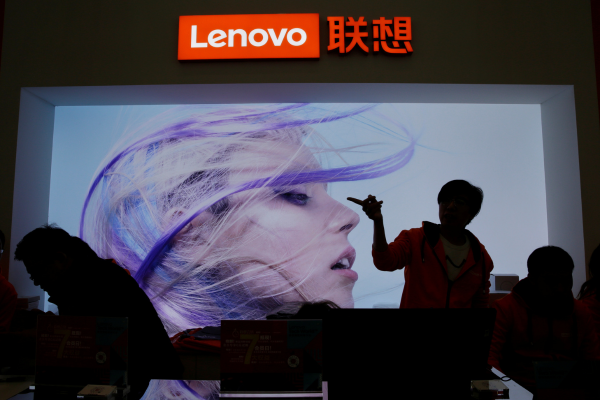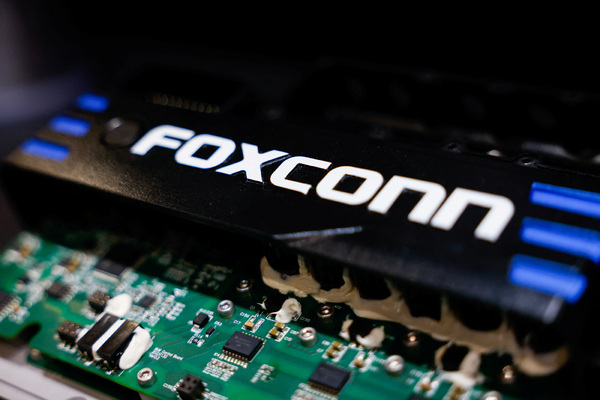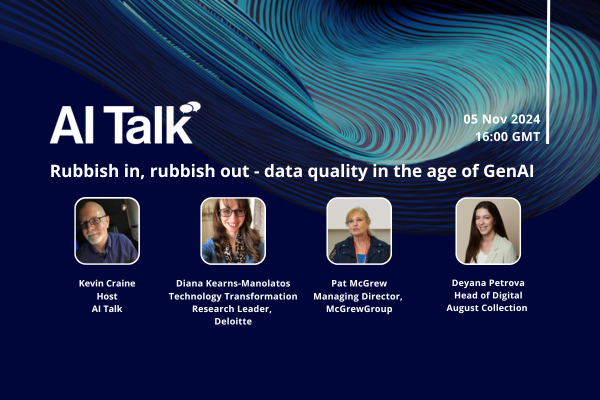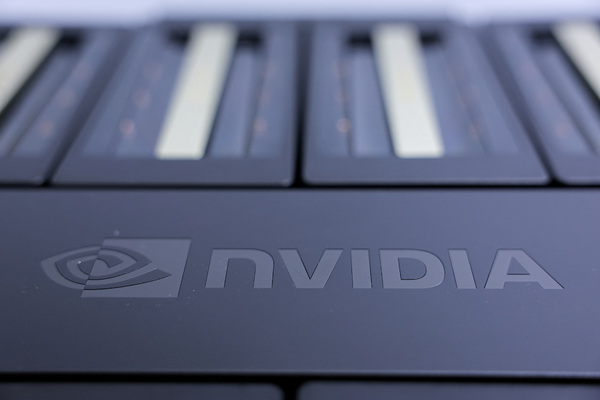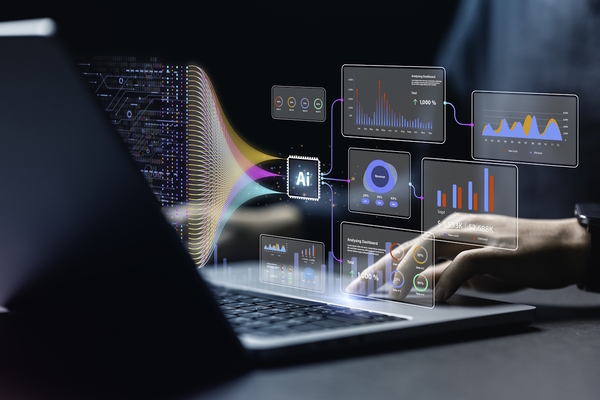Smarter, not harder: smart tech in hybrid workspaces
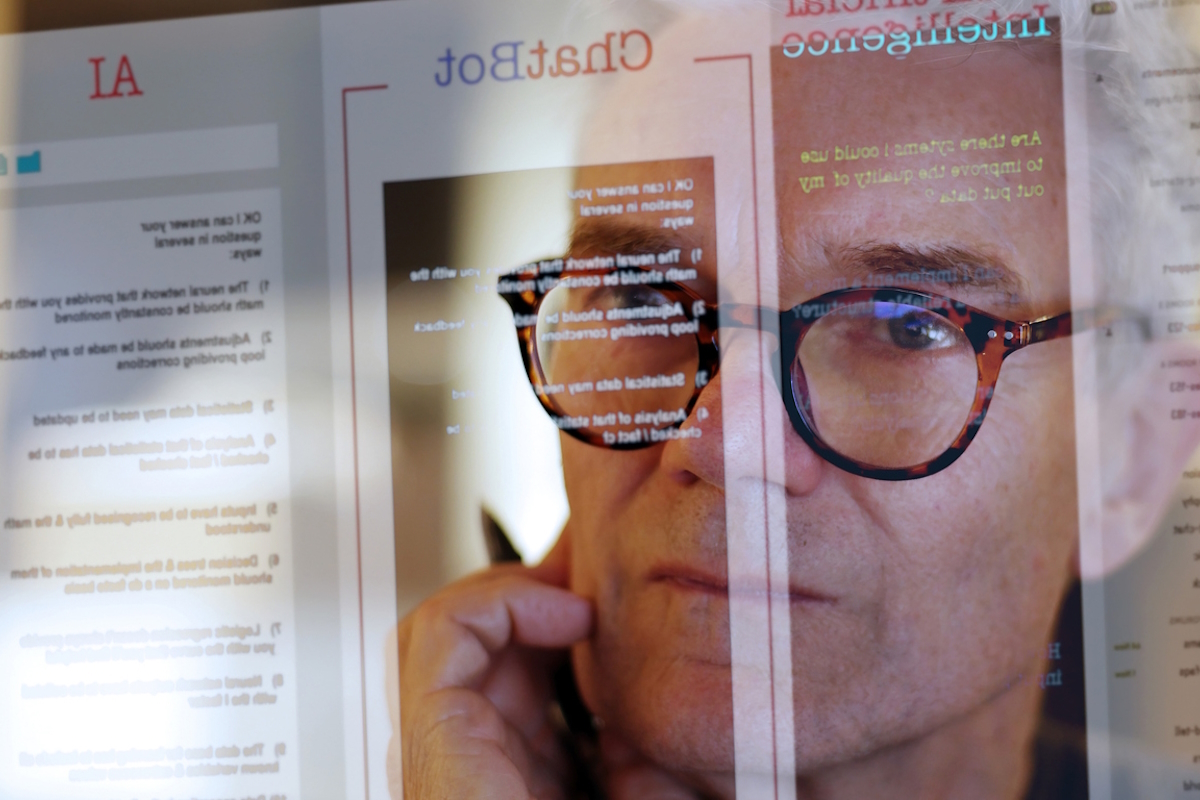
Kevin McMenamy at Neat sees the potential for to bridge the gap between the physical and virtual
In a world increasingly focused on productivity, the right to switch off has become a hot topic. Government initiatives are pushing for a healthier work-life balance, allowing employees the right to not look at work-related emails and calls outside of office hours. As a result there has been an ongoing debate about the merits of remote versus in-office work, and businesses face increasing pressure to create environments where employees thrive no matter where they are working.
It’s not just about implementing the right policies and culture, but about setting employees up for success, all the way down to the tech they use.
AI and its place in smart office technology
There is no doubt that artificial intelligence (AI) is an important topic for today’s businesses. There is a constant barrage of news about how various types of AI, from machine learning to generative AI using large language models, are going to completely alter the way we work. While it may seem overwhelming, businesses should seek to be well informed about these technologies, and consider how they can positively impact productivity and employee wellbeing to embrace this technology.
Smart office technology is one way of embracing AI while also prioritising the human connection. We’ve all felt it: when two people speak at once and you’ve failed to pick up on what either has said, or the remote worker with the barking dog in the background, or the struggle of being unable to see everyone in a physical meeting room whilst you are at home.
It’s undoubtedly been a tricky transition to blend the hybrid world with the physical demand of returning to the office. As technology continues to evolve, so too does our understanding of how it can shape our workspaces. This not-so-secret weapon can be the key to a more human-centric hybrid experience, not just another cold interface.
We can’t replace human connections
Despite the rise of smart office technology and a hybrid world, businesses still need to bridge the gap between the physical and virtual. It’s about replicating those subtle human connections—the handshake, the body language, the audible “mhhm”s—that make face-to-face meetings so valuable, and help those who are hybrid to never feel disconnected.
AI isn’t about replacing human connection; it’s about amplifying it. Technology should serve humans, not the other way round. Research by unified communications group Gamma shows that over half (51%) of respondents indicated that difficulty with internal communications was an obstacle in developing strong relationships with colleagues, highlighting the need for stronger in-person relationships in businesses. By understanding our behaviours and preferences, AI can create a more personalised, efficient, and enjoyable workplace experience.
Setting flexible workplaces up for success
The importance of a human-centric approach to collaboration cannot be overstated. As companies consolidate buildings and invest in high-tech upgrades, they’re creating spaces that are designed to entice employees back to the office. This often involves revamping existing real estate to accommodate a more flexible and collaborative work environment.
To create a thriving hybrid workplace, businesses must prioritise flexibility and collaboration. Smart technology plays a crucial role in setting these offices up for success. By understanding the preferences of employees, AI can help to optimise meeting spaces, improve audio and video quality, and streamline workflows.
Remember the struggle (it might even be as recent as today!) of hearing two people talking at once? Machine learning techniques mean that we can train the microphones in advanced devices to pick up every verbal cue - from small, one-word acknowledgments, to your most talkative colleagues.
Machine learning can also work to detect every face in a conference room so nobody is obscured by a camera, or activate noise suppression so workers don’t have to worry about sirens, barking dogs or building work interrupting their work.
All this not only enhances productivity but also creates a sense of community and belonging.This approach means ensuring that technology is designed to support employees, not the other way around. By focusing on the needs and preferences of employees, businesses can create a more positive and productive work environment.
The rise of flexible workspaces
As companies continue to invest in their workplaces, there is a growing trend towards flexible floor plans that promote brainstorming and collaboration. While there is still a need for the traditional classic video-equipped conference room, one with a door that shuts for privacy, and a video conferencing system that you can never see anyone on, employees increasingly prefer open spaces that encourage creativity and innovation. Businesses must prioritise utilising technology which are more flexible and can adapt to these changing needs, and support a variety of work styles.
Investing in office tech that can also be adapted to accessible needs, such as adjustable desks and screens, and videoconferencing equipment that can be adjusted to different users, can also be a great way to modernise the workspace with all employees in mind.
The future of hybrid work
Trends may come and go, but one thing we can all probably agree on is that AI—and smart office technology moreover—is going to be a pivotal hybrid communication tool for years to come. Used in a human-centric way, businesses can create a more positive and sustainable future for their employees.
What does the future of work look like? This is a question that is stumping the employer, architects, academics and everyone in between. Nothing is certain. But it is also relatively inconceivable to picture a world where 100% of the workforce is back in the office sharing biscuits and swapping weekend anecdotes face-to-face.
AI and smart tech offer a promising solution for businesses navigating the complexities of hybrid work. By using AI to enhance human interaction, improve collaboration, and create a more personalised workplace experience, businesses can ensure that their employees remain engaged, productive, and happy.
Kevin McMenamy is VP of Software Engineering and CTO at Neat
Main image courtesy of iStockPhoto.com and Laurence Dutton

Business Reporter Team
Most Viewed
Winston House, 3rd Floor, Units 306-309, 2-4 Dollis Park, London, N3 1HF
23-29 Hendon Lane, London, N3 1RT
020 8349 4363
© 2024, Lyonsdown Limited. Business Reporter® is a registered trademark of Lyonsdown Ltd. VAT registration number: 830519543
